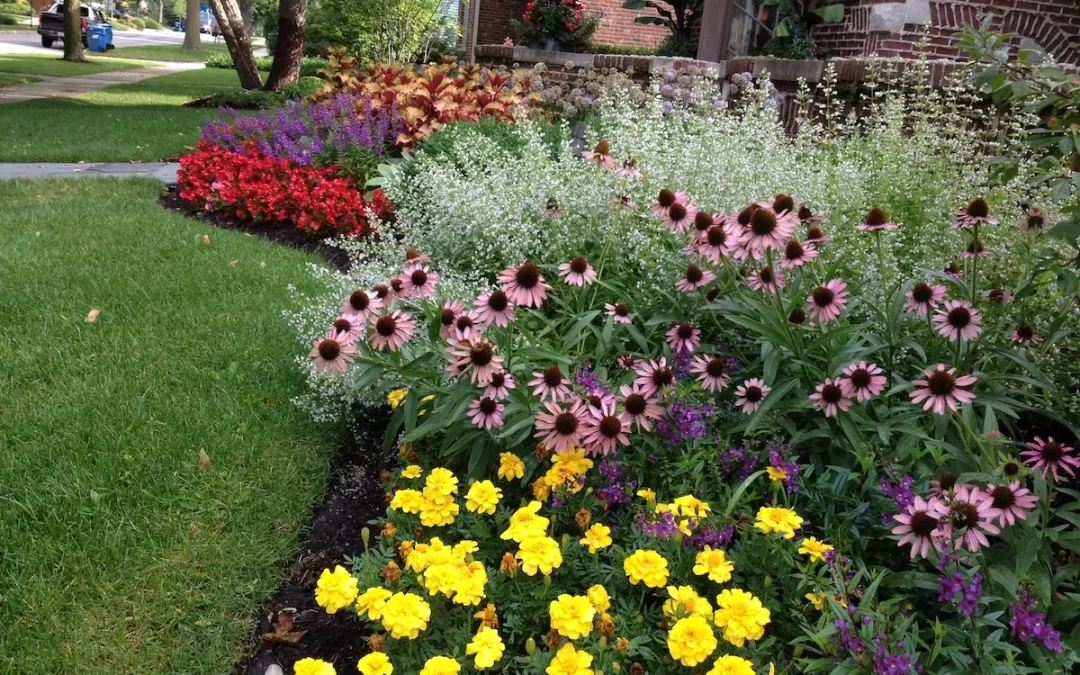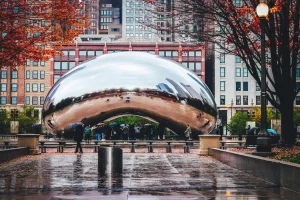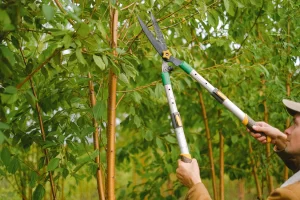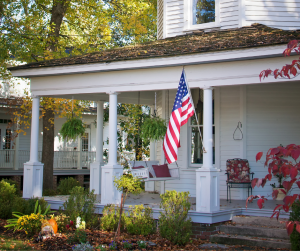Rain gardens, a sustainable and eco-friendly landscaping solution, have become increasingly popular in urban environments like Chicago. With the growing concern over water management, pollution, and urban heat, these unique gardens offer a promising way to address these issues while beautifying the landscape. This blog will explore the world of rain gardens and why rain gardens are perfect for your Chicago landscape.
Benefits of Rain Gardens In Chicago
01. Environmental Benefits
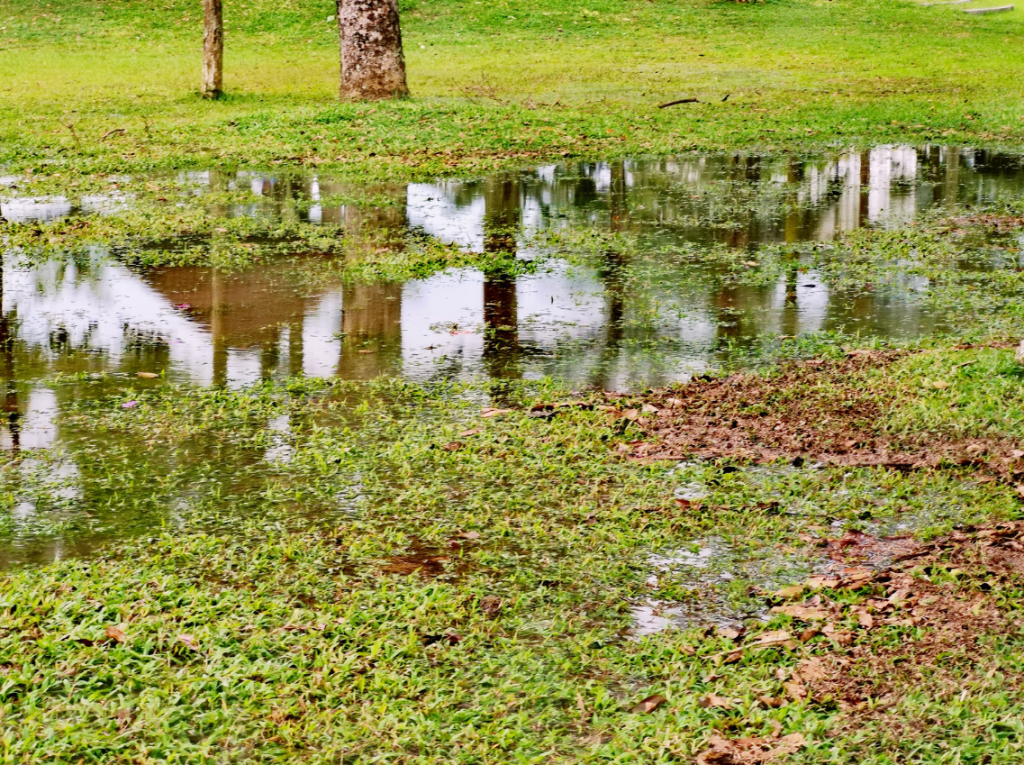 Rain gardens in Chicago offer essential environmental benefits by addressing stormwater runoff and flooding issues. In urban areas like Chicago, impermeable surfaces lead to excess runoff that overwhelms drainage systems, causing flooding and pollution. Rain gardens act as natural filters, capturing and slowing down rainwater, allowing it to percolate into the ground and be naturally filtered by the soil.
Rain gardens in Chicago offer essential environmental benefits by addressing stormwater runoff and flooding issues. In urban areas like Chicago, impermeable surfaces lead to excess runoff that overwhelms drainage systems, causing flooding and pollution. Rain gardens act as natural filters, capturing and slowing down rainwater, allowing it to percolate into the ground and be naturally filtered by the soil.
This process reduces the volume and velocity of runoff, mitigating flooding and alleviating strain on the city’s infrastructure. Moreover, rain gardens help improve water quality by filtering pollutants, protecting water bodies, promoting groundwater recharge, supporting a healthier urban ecosystem, and fostering a more sustainable future for Chicago.
02. Ecological Benefits
Rain gardens in Chicago have important ecological benefits as they support local biodiversity and help cool the city. These gardens create a home for native plants and animals, making the urban environment more diverse and balanced. Native plants attract various wildlife, providing them with food and shelter, and their deep roots also protect the soil from erosion.
Moreover, rain gardens act as green spaces that help reduce the city’s heat, making it cooler and more comfortable during hot days. By having rain gardens in Chicago, we can make the city greener, more welcoming to wildlife, and cooler for everyone.
03. Aesthetic Benefits
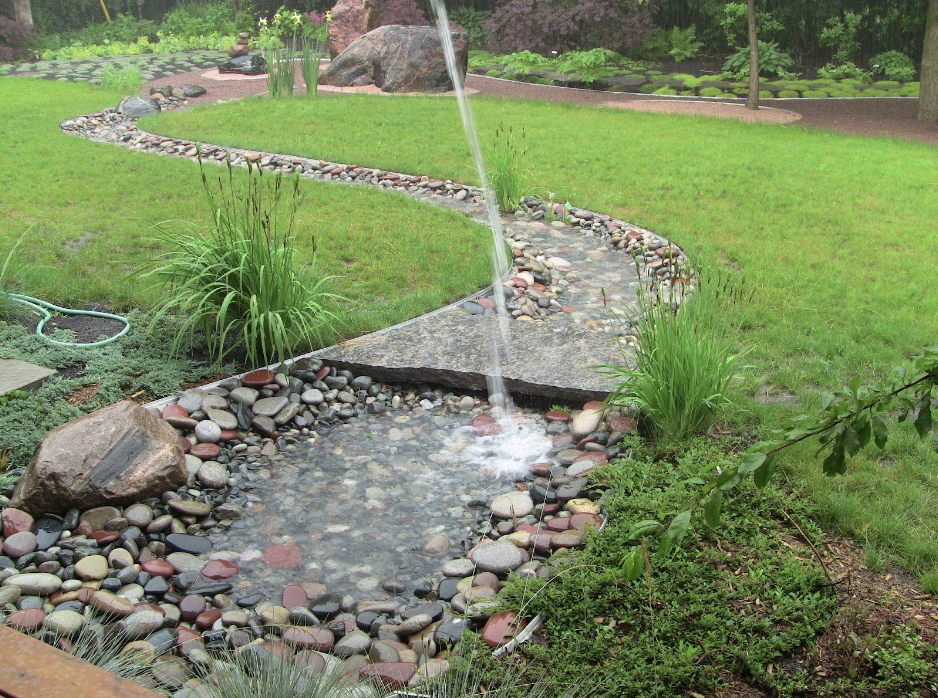 Rain gardens in Chicago offer impressive aesthetic benefits, elevating any landscape’s visual appeal and property value. With their vibrant native plants, rain gardens create a beautiful display of colors and textures, enhancing the overall curb appeal of a property. Homebuyers are increasingly attracted to eco-friendly features like rain gardens, reflecting a commitment to sustainability and conservation, which can boost property value and appeal.
Rain gardens in Chicago offer impressive aesthetic benefits, elevating any landscape’s visual appeal and property value. With their vibrant native plants, rain gardens create a beautiful display of colors and textures, enhancing the overall curb appeal of a property. Homebuyers are increasingly attracted to eco-friendly features like rain gardens, reflecting a commitment to sustainability and conservation, which can boost property value and appeal.
Additionally, rain gardens designed with seating areas or walking paths encourage outdoor enjoyment, fostering a closer connection to nature. Their practical advantages, such as reducing water consumption and helping manage stormwater, further add value to properties, benefiting both residents and the environment.
Adding A Rain Garden To Your Landscape
01. Designing
Designing your rain garden is essential for its effectiveness and aesthetics. Begin by assessing your property’s topography and drainage patterns to identify the best location. Look for areas that collect runoff during heavy rains and ensure the rain garden is at least 10 feet away from your home’s foundation.
Consider sun exposure and shade to choose plant species that thrive in specific conditions. Arrange plants based on height and water needs to create visual appeal and attract wildlife. A well-designed rain garden not only manages stormwater efficiently but also adds beauty to your landscape and supports local wildlife, making it a valuable and sustainable addition to your property.
02. Installation:
 To create your rain garden, dig a shallow depression in the designated area, making it about 4 to 8 inches deep with a slight slope towards the center. Build berms or mounds along the edges to contain water during heavy rain. Use landscape fabric to prevent weed growth and fill the rain garden with a mixture of well-draining soil and compost.
To create your rain garden, dig a shallow depression in the designated area, making it about 4 to 8 inches deep with a slight slope towards the center. Build berms or mounds along the edges to contain water during heavy rain. Use landscape fabric to prevent weed growth and fill the rain garden with a mixture of well-draining soil and compost.
Choose native plants based on height and water needs, placing taller ones in the center and shorter ones around the edges. Add mulch to retain moisture and water the plants thoroughly after planting.
03. Maintenance
Regular maintenance is important to keep your rain garden healthy and looking its best. During the first year, water the plants as needed to help them establish. Remove any weeds that pop up to ensure the native plants thrive. As the rain garden matures, the native plants will become hardier and require less attention.
Seasonal maintenance is also necessary. In the spring, trim back dead or damaged plant material and add fresh mulch for moisture retention. Check for erosion or soil compaction during the growing season and address any issues promptly. In the fall, clear away fallen leaves and debris to maintain a clean rain garden. With proper care, your rain garden will flourish and continue to benefit your surroundings for years to come.
End Note:
In conclusion, rain gardens offer many benefits, making them a perfect fit for your Chicago landscape. These gardens effectively manage stormwater runoff, filter pollutants, and support native plant species. Rain gardens improve water quality and contribute to the preservation of local biodiversity. Additionally, their ability to combat the urban heat island effect creates cooler and more comfortable living spaces while promoting energy efficiency.
Beyond their ecological advantages, rain gardens also enhance the aesthetics of properties, adding visual appeal to your space. They serve as serene oases amid the urban hustle, offering tranquility and connection with nature. By designing, installing, and maintaining rain gardens, residents actively participate in building a healthier, more vibrant, and ecologically sustainable urban environment.
American Gardens has a team of horticulturalists, experienced landscape architects, designers, and arborists that can provide you with useful information based on their extensive knowledge. Their innovative staff takes pride in their attention to detail from the beginning of the planning process through project completion and their comprehensive landscape management programs ensure that you will enjoy your outdoor investment for years to come.
If you are in need of a rain garden installation, American Gardens is happy to help. Contact us today with any questions you may have about our services or a future landscaping project you may need help with!



